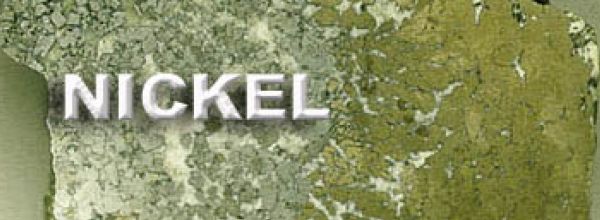Transfection of animal cells has proven an invaluable tool in studies of gene expression, cell behavior, cell processes and molecular genetics. Essentially, transient pores are opened within the cell’s lipid bilayer, allowing insertion of nucleic acids (DNA, RNA, siRNA, RNAi), proteins, nanoparticles, and even antibodies into the cellular milieu. Transfection can be achieved using many different methods and technologies. Some methods are becoming more popular as companies enhance and evolve the technology, such as the “gene gun” which employs a nanoparticle (i.e. gold) conjugated to the nucleic acid which is then “shot” into the cell. While this is really cool, for a look into the different kits and reagents available, we’re going to focus on the most commonly used and cost effective methods, including chemical and non-chemical applications. We’ll also take a look into specialty products designed to reduce toxicity and enhance transfection efficacy. For an overview of transfection techniques, you can also check out this previous article.
Calcium phosphate
Calcium phosphate is the original transfection agent, and it is as popular today as it was when it was discovered in the early 1970s. It is also the most cost effective of the transfection methods. Many of the calcium phosphate-based kits available will have 1 – 2 buffers, including calcium chloride and phosphate solution, water and HEPES buffer, usually from 1 to 10X concentrations. Some companies will add other reagents (e.g. NaOH, sodium hydroxide) for both a specific type of nucleic acid as well as particular cell lines (e.g. CHO, HEK293, BHK21, etc.). Of course, some kits can be used across many cell lines. Most companies will also provide controls, usually plasmid vectors with a specific selection criteria (e.g. neomycin, beta-gal, etc.).Kits range in size from 25 transfections to over 200 per kit, and can range in price from about $100 to over $500; the most popular kits are sold by Life Technologies, Millipore, Sigma, Agilent and Promega.
Dendrimers
Dendrimers are branched organic polymers that form stable complexes with DNA. Some are now combined with terminal cationic amino acids (usually NH) for enhanced uptake. Dendrimers can be used for both transient and stable transfection methods, and in most cases comes as ready-made solution (in methanol or water) all you need to do is add it to the DNA solution. In general, dendrimer-based transfections are simple protocols overall, with an average of 2 hour total incubation time. Many of these reagents are well suited for high-throughput applications, however, they are one of the more expensive technologies available:15 to 40 transfections can cost $250 to > $1000. Manufacturers include Qiagen, Dendritech, Altogen, Millipore and Sigma Aldrich.
Liposomes
Liopsomes are lipid bilayer analogs that allow highly efficient fusion with cell membranes. They offer up to a 10-fold increase in transfection efficiency over other methods, and in most cases exhibit very low toxicity. Liposome transfection reagents range in price from ~$100/ml to over $300/ml. Lots of companies sell these kits, so you can choose from manufacturers like Millipore, Agilent, Life Technologies, InvivoGen, Lonza, Novus and NEB.
Electroporation
Electroporation utilizes electricity to create pores in the cell membrane. This technique can be used with prokaryotic and eukaryotic cells, and can be used to transfect viral expression vectors with high efficiency. The technique entails an expensive start-up, with periodic purchases of consumables (cuvettes, plates) and buffers, which can cost > $5000. However, it can be worth it, since this technique works very well with many difficult cell lines. You can purchase the electroporation platform and consumables from numerous companies, including Bio-Rad, Life Technologies, Eppendorf and Molecular Devices.
Specialty Reagents
Sometimes, you just need a little extra help getting your cells to survive transfection. If you are encountering problems with toxicity, you may want to try one of these reagents:
- SignaGen’s “HapiCell” is effective at minimizing overall toxicity in as little as a 2 minute incubation at RT.
- Cosmo Bio’s “Toxi Blocker” is effective in optimizing transfection efficiency while minimizing cytotoxic effects of various reagents.
If you’ve never worked with transfection reagents before (or maybe it’s just been a while), do yourself a favor and check out BioCompare. Their site does not necessarily provide a comprehensive comparison of every kit produced by every manufacturer, but they do a nice job of listing many of the more popular ones and provide links to all the info and resources associated with a particular kit.
What transfection kits or reagents do you prefer?







